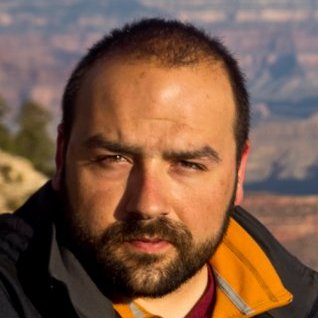 |
 |

Kamen Kozarev, Ph.D.
kkozarev at cfa.harvard.edu
617-496-7963
60 Garden St., MS-58
Cambridge, MA 02138
USA
| Teaching | ||
|
The experience I have had teaching Astronomy during my undergraduate days as an Astronomy teaching assistant has inspired me to continue my schooling in order to become a better educator. After I graduated from Williams College, I taught Physics and Mathematics in English to students in grades 6 through 10 at the English International School of Padova in Padua, Italy, for a year. That full-time teaching experience was both challenging and rewarding for me, as it showed me my strengths and weaknesses in teaching. I believe that I have a very good working rapport with my students. I enjoy explaining new concepts, and I try to present new ideas to students in different ways. I have found this approach rewarding, as it ensures that all students can grasp the most important concepts. As current developments at the forefront of science, and in Astronomy in particular, seem to be at the grasp of an ever decreasing group of specialists, there is great need for rendering these advances accessible to a wider audience. While an undergraduate student, I worked at the planetarium of Hopkins Observatory, Williams College as a presenter of a show on the evolution of stars. This was an invaluable way to advance my presentation skills. It also sparked a great interest in planetaria and planetarium-type presentations, and ever since I have been thinking about concepts for developing cheap digital planetaria. At Boston University, I led laboratory exercises and discussion for two semesters, in big introductory classes. Such survey classes are usually the most challenging for the instructors, since all the important concepts that are the building blocks of a discipline have to somehow be introduced and justified individually, yet placed within a wide framework and ultimately connected to one another. Nevertheless, I very much enjoyed teaching these classes, and have strived to get across to the students by using demonstrations and examples close to life on Earth to introduce astronomical and physical concepts. | ||
|
|